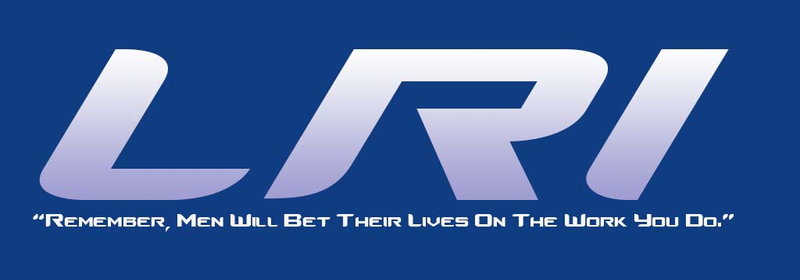Services - Barrel Fitting
A properly fitted premium grade barrel is the single biggest gain a shooter can make towards improving accuracy. Barrel installation requires a few basic fundamental machining operations. The barrel tennon is turned, threaded, and chambered to a precise depth to ensure the cartridge is fully supported while firing. While simple in principle, barreling is a delicate operation requiring considerable care to do well. LongRifles, Inc. has invested heavily in the equipment, tooling, and refinement of the process to ensure every customer receives maximum performance.
Our philosophy begins with a commitment to using the best equipment and tools for the job. We’ve chosen state of the art CNC turning center for all of our barreling work. This powerful tool combined with our process allows us to fit barrels to exceptional accuracy and surface finish.

Next, is our choice of tooling. A rifle’s chamber is only as good as the reamer used to machine it. Our tooling is obtained exclusively from Pacific Tool and Gauge. In addition, we have every reamer pilot from .17 to .338 calibers. As a standard practice we will have a reamer ground to suit customer needs over using the parent cartridge and then altering freebore lengths with a throat reamer. This is done to ensure everything stays concentric.

A fundamental with any machining operation is rock solid work holding. Rigid fixturing improves surface finish, dimensional accuracy, and prolongs tool life. Precision collets offer nearly total radial contact with the barrel cylinder. When combined with a hydraulic clamping system, it makes for a very robust setup. The collet system on our lathe combines all of these features while still retaining the ability to center like a conventional 4 jaw chuck.

An often debated topic amongst gunsmiths and shooters, are the various methods used to prepare a barrel for chambering. Our belief is that the bullet is where it all starts. We strive to ensure the bore centerline is both concentric and tangent to the projectile with the use of specialized tooling developed in house.

With the barrel now qualified machining can begin. Once the CNC program starts, the initial step is to profile the cylinder in preparation for threading. The cylinder is turned and profiled to precise dimensions. Synthetic, water soluble coolant developed for aerospace and medical applications is sprayed at high pressure on the tool and the barrel. This mitigates heat buildup of the tool and the part while lubricating the cutting surface. It also has strong corrosion inhibitors to preserve surface finish.

With the tennon now turned and faced threading can begin. A hallmark of our rifles is the fit of the threaded joint between receiver and barrel. It is a portion of the build that considerable attention is devoted to as we are convinced it has a significant role in accuracy. Our tooling package delivers exceptional surface finish to allow a minimal tolerance thread fit while mitigating the risk of damaged threads between the receiver and the barrel tennon. Immediately following the threading operation, the breech is machined to final dimension.

Chambering the rifle can now begin. The reamer holder is aligned with the center of the spindle bore and at a right angle to the bore axis. Rpm, feedrate, and final depth values are edited in the program, and the computer is then allowed to take control. A few minor adjustments are made to determine final headspace but the bulk of this process is “hands free."
The barrel is now chambered and headspace is verified. We prefer to qualify our rifles to a specific headspace dimension. Instead of using the conventional GO and NO GO tolerance guidelines published by SAAMI (Sporting Arms Ammunition Manufacturers Institute), we’ve taken it a step further. We hold all of our chambers to a dimension we refer to as GO+.002”. What this means is the chamber is cut to minimum depth plus an additional .002” to allow for clearance. Doing it this way gives a qualified dimension to reference to. In the event of a violent case rupture the chamber can be measured to determine if lug surfaces have yielded. It also serves as a quality control check as it ensures we know the exact condition of the rifle upon delivery.
The final remaining step is inspection of chamber concentricity. This is checked at two locations, the case/shoulder junction and the web just below the breech. A typical Total Indicated Runout (TIR) is well below .001” in both positions. We’ve had to invest in indicators with a .00005” resolution just to see what’s going on. The final process is lightly polishing the chamber to bring the surface finish to final presentation. The balance between brass cosmetics and getting a good “bite” to mitigate case displacement (brass flowing towards the neck) is an aspect we pay attention to. Our chambers are not mirror polished. They are brought to a honed finish that resembles an engine’s cylinder bore.
